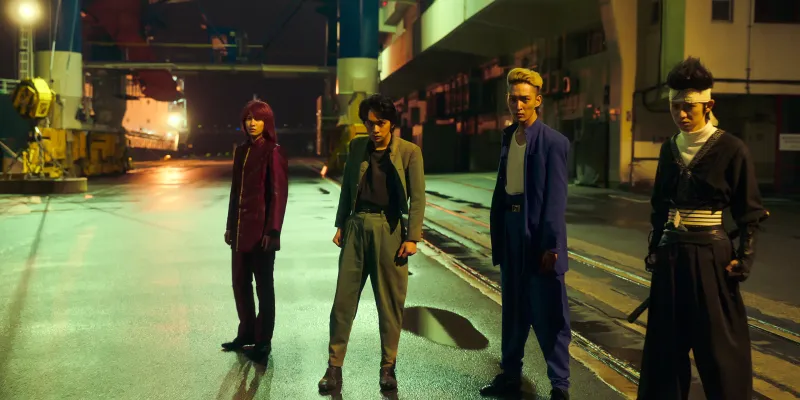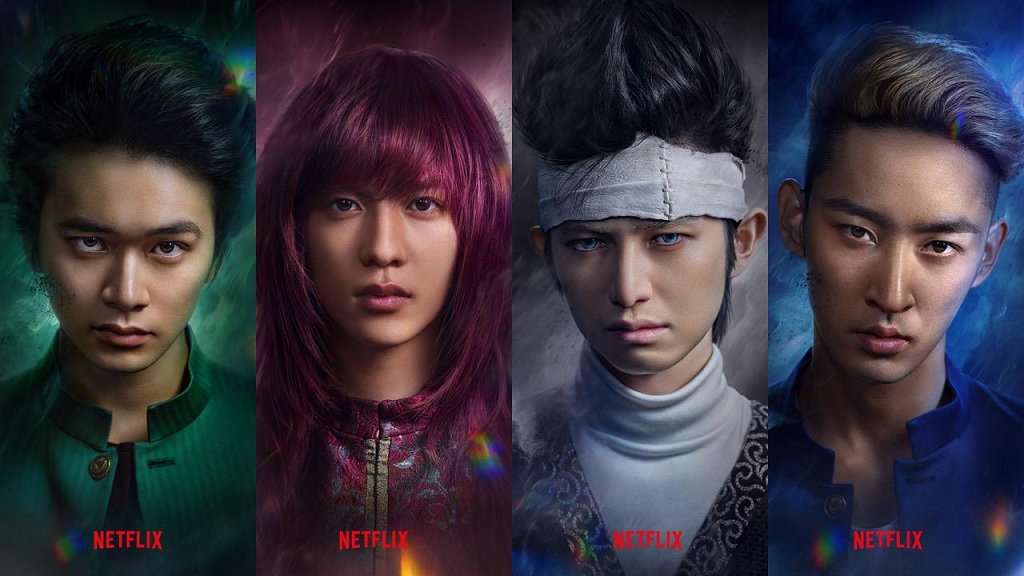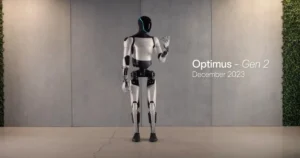One Piece, which recently had a successful live-action reimagining on Netflix, or Dragon Ball, whose 2009 American film adaptation was a critical failure and a box office flop, are two examples of globally beloved Japanese manga and anime that come to mind when asked to name a classic Japanese work of art.
However, with the popularity of manga and anime growing worldwide, it’s simple to forget about one important contribution to Japanese popular culture: Yoshihiro Togashi’s critically acclaimed manga Yu Yu Hakusho, which as of 2022 has sold over 78 million copies worldwide since it debuted in the Weekly Shōnen Jump magazine in 1990.Yu Yu Hakusho, a manga about young heroes battling supernatural creatures known as yōkai, spanned 175 chapters and 19 tankōbon volumes. Its elements served as inspiration for popular manga series such as Jujutsu Kaisen and Naruto. Any viewer in the Philippines who grew up during the anime’s run will undoubtedly feel nostalgic when they hear the cheerful opening titles. The anime version aired on Cartoon Network in the United States. Since then, it has also sparked a 2019 stage play, several video game tie-ins, two animated movies, and more.
Scholars and manga enthusiasts alike agree that Yu Yu Hakusho belongs to the shōnen, or “boys,” subgenre, which produces some of the best manga in its genre. Now, Netflix attempts a live-action adaptation, launching five one-hour episodes on December 14 under the direction of Shô Tsukikawa. Given the impact Yu Yu Hakusho has had on its successors, it was very important for all those involved to tell the narrative properly. Tsukikawa tells TIME, “I was feeling the pressure the past three years.”
Although she wasn’t even born when the manga was published, Takumi Kitamura, the 26-year-old who plays the lead character Yusuke Urameshi, claims that everyone working on the production was acutely aware of the influence of Yu Yu Hakusho. According to Kitamura, “It’s almost like this is where all shōnen manga really started.”
When he was a schoolboy, Go Ayano, 41, who portrayed the renowned antagonist Younger Toguro in the live-action series, read the manga. He remarks, “This almost seems like a cross between Marvel and DC comics.” “In my opinion, this is among the greatest shōnen manga ever.”
A timeless tale with wide appeal
The protagonist of Yu Yu Hakusho, an adolescent delinquent who is too cool for school and has a fondness for fistfights, dies suddenly at the beginning of the novel. Even with his wild ways, Yusuke shows a hint of compassion as he pulls a youngster out of a vehicle accident, even if he ends up dying in the process. Yusuke is given another chance at life by Koenma, the son of the spirit realm’s ruler, but only on the condition that he join the Spirit Detective team and work to stop the demons that are trying to enter the human world. This unexpected kindness. As the narrative goes on, Yusuke forms alliances with Kuwabara, a talkative counterpoint to Yusuke’s easygoing demeanor; Kurama, a fox demon with red hair that makes one want to swoon; and Hiei, an aloof and misanthropic yōkai. For the rest of the manga’s run until it wrapped up in 1994, their party battles it out with other supernatural beings to rid the world of demons.
Yokohama National University professor Akiko Sugawa-Shimada specializes in anime and manga studies, and she believes that Yu Yu Hakusho is a uniquely Japanese tale. According to Sugawa-Shimada, the bulk of shōnen stories have similar themes, such as the hero’s journey, camaraderie, and conquering adversity as a team, and they are often rendered with humor, nuance, and growing pains by creator Togashi. “Although Togashi kind of touches upon the juvenile problems young people share, his manga also contains a lot of humor.”
It helps that the characters in Yu Yu Hakusho are considered attractive: “Of course, shōnen manga appeals to young boys and young adults, but especially Kurama and Hiei—one of the yōkai characters—are quite popular among female readers and female audiences.”

The main characters in Yu Yu Hakusho are also celebrated for complexities not seen in popular manga at the time of its initial release. For one, Yusuke was not the traditional shōnen protagonist determined to be the best, like Luffy in One Piece or Goku in Dragon Ball; instead, he’s a punk whose team was forced into battle by their antagonists. While Yusuke does mature throughout the series, he also never loses his definitive cockiness. It’s this nuanced characterization that director Tsukikawa tells TIME he wanted to capture in the adaptation, which, considering the relatively short run time, zeroes in on Yusuke. “The characters are pretty much the extension of what they’ve seen in the animation and the manga,” he says of the live-action series.



